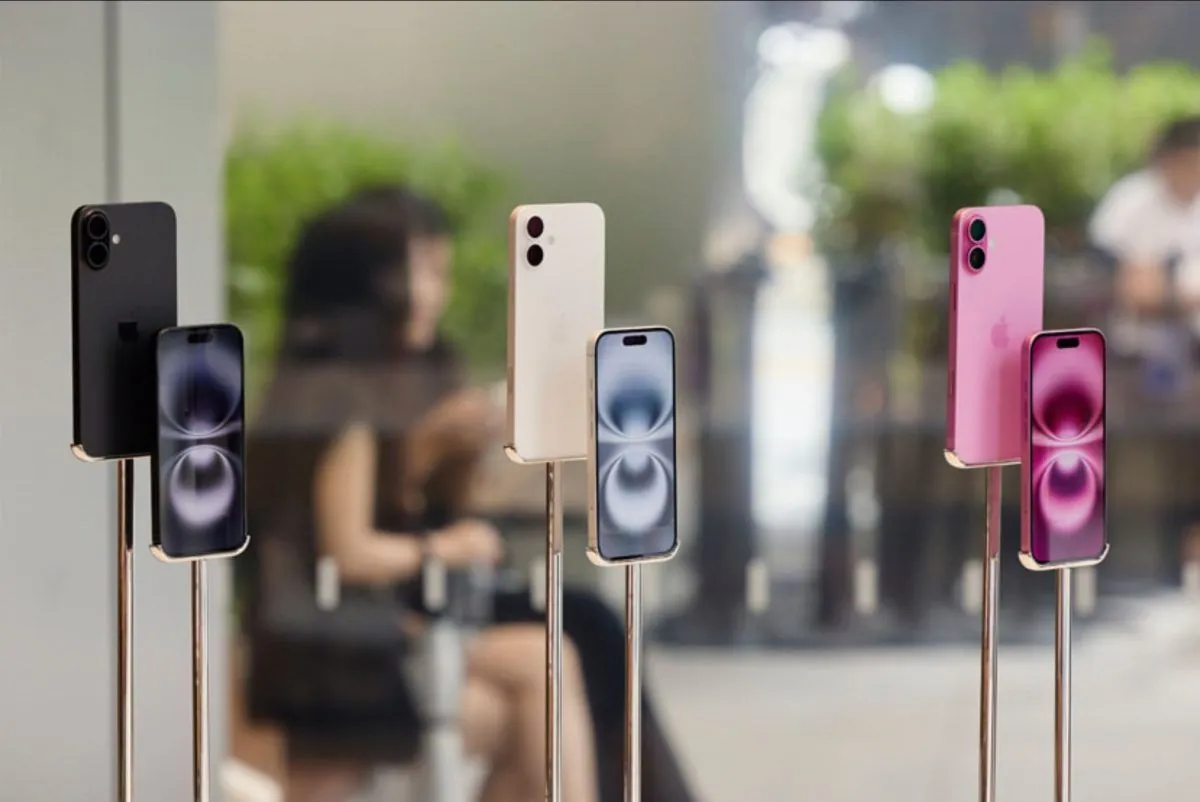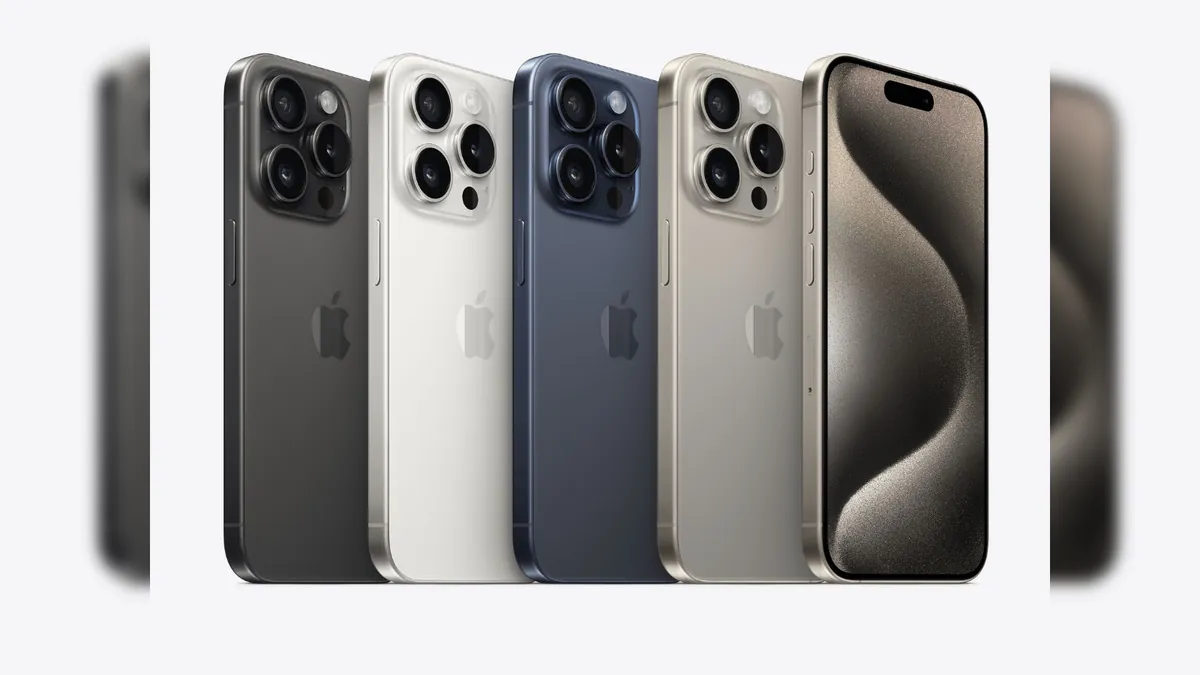iPhone 16: Is It Worth the Upgrade? A Cost-Benefit Analysis
New iPhone 16 models hit stores, but are they worth it? Explore the best times for deals and how switching carriers could save you over $800 in three years. Uncover the hidden costs and benefits of upgrading.

The latest iPhone 16 models are now available, marking another milestone in Apple's smartphone journey. However, before rushing to upgrade, it's crucial to consider the financial implications and potential alternatives.
The iPhone, first introduced by Steve Jobs in 2007, has revolutionized the mobile industry. With over 1.2 billion active users worldwide as of 2024, its impact is undeniable. The device has evolved from a 2-megapixel camera and basic functionality to advanced multi-lens systems and powerful A-series chips, consistently ranking among the fastest mobile processors available.
For those eyeing the new iPhone 16, timing your purchase can lead to significant savings. According to data from Navi, a price comparison site, the best discounts typically coincide with the release date, Black Friday, and the Christmas season. However, these deals often require switching carriers or committing to long-term contracts.

While device discounts are attractive, they may not always translate to long-term savings. A cost analysis reveals that opting for a smaller carrier could result in substantial savings over time. For instance, choosing Spectrum over AT&T for an iPhone 16 could save you more than $800 over three years, even when paying near full price for the device.
"Over the three years you're committed to AT&T's terms, your cellphone bills come to $2,613. If you instead switched to Spectrum, your costs — including the phone and an unlimited plan — work out to $1,795."
This scenario highlights the importance of looking beyond initial device costs. The iPhone's success has contributed to the growth of the mobile app economy, with the App Store now hosting over 2 million apps since its launch in 2008. This ecosystem adds value to the iPhone experience but should be weighed against potential cost savings from alternative carriers.
Smaller carriers and cable companies like Xfinity, Spectrum, Consumer Cellular, and Mint Mobile often offer competitive plans using the same networks as major carriers. While they may lack some premium features, they can provide solid service at lower prices.
It's worth noting that the iPhone's evolution has included groundbreaking features like Face ID, introduced with the iPhone X, which uses advanced 3D facial recognition for security. Such innovations have helped maintain Apple's position as one of the world's most valuable companies.
Ultimately, finding the ideal cellphone plan requires careful consideration. Resources like Navi's price comparison tools and Consumer Reports' cellphone guide can assist in navigating the complex landscape of carrier options and device costs.
As the mobile industry continues to evolve, with the iPhone playing a pivotal role since its inception, consumers must balance the allure of cutting-edge technology with practical financial considerations. Whether upgrading to the iPhone 16 or exploring alternative options, informed decision-making is key to maximizing value in the ever-changing world of smartphones.


































